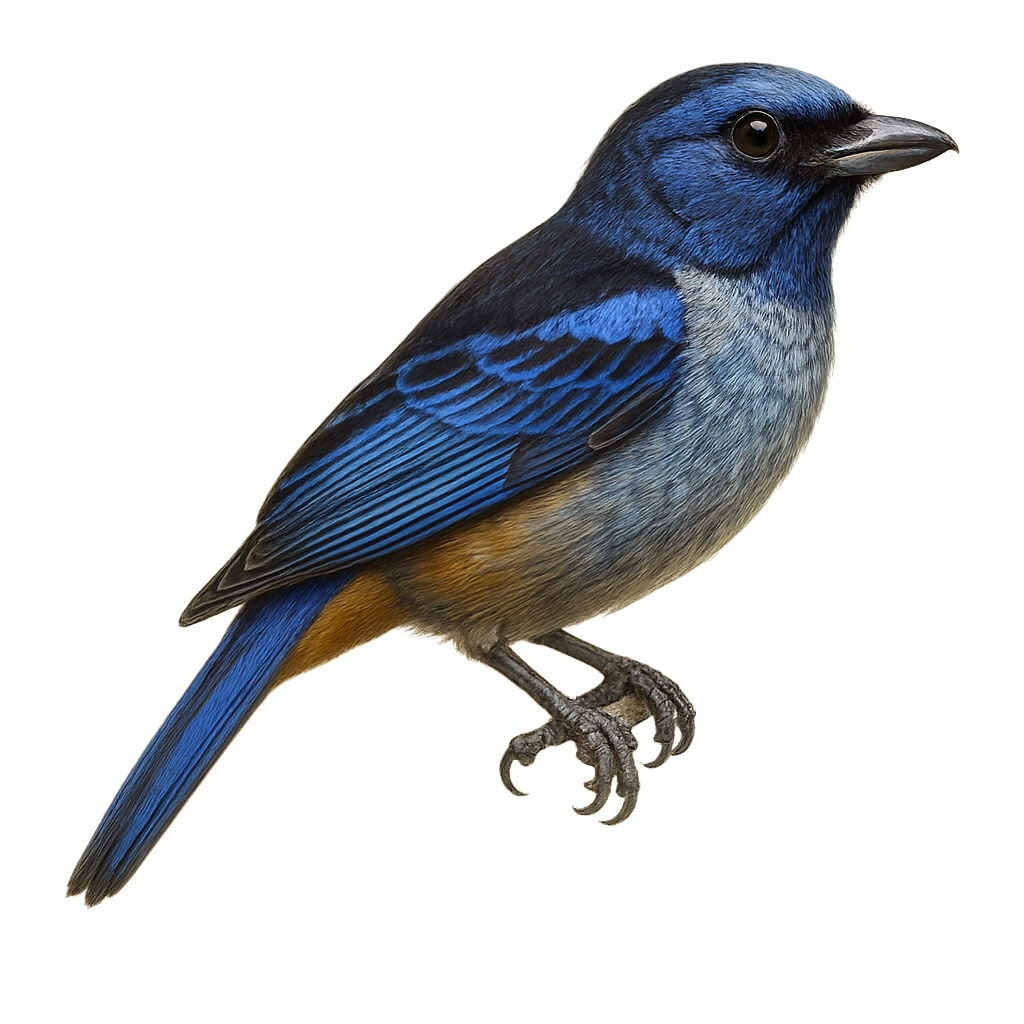Your wildlife photography guide.
Explore the red-shouldered tanager in detail, study its behavior, prepare your shots.
Where to observe and photograph the red-shouldered tanager in the wild
Learn where and when to spot the red-shouldered tanager in the wild, how to identify the species based on distinctive features, and what natural environments it inhabits. The WildlifePhotographer app offers tailored photography tips that reflect the red-shouldered tanager’s behavior, helping you capture better wildlife images. Explore the full species profile for key information including description, habitat, active periods, and approach techniques.
Red-shouldered Tanager
Scientific name: Tangara velia

IUCN Status: Least Concern
Family: THRAUPIDAE
Group: Birds
Sensitivity to human approach: Suspicious
Minimum approach distance: 5 m
Courtship display: November to December
Incubation: 13-15 jours
Hatchings: November to January
Habitat:
Tropical forests, forest edges, wooded areas
Activity period :
Primarily active during the day, with peak activity in the morning and late afternoon.
Identification and description:
The Red-shouldered Tanager, or Tangara velia, is a vibrant bird found in the tropical forests of South America. It is easily identifiable by its striking plumage: a bright red back contrasting with a black belly and blue wings. This small passerine, measuring about 14 cm in length, is often seen in pairs or small groups. It primarily feeds on fruits, but also insects, which it catches with agility. Its melodious and varied song is a delight for birdwatchers. Although its habitat is threatened by deforestation, the Red-shouldered Tanager remains relatively common within its range.
Recommended lens:
400 mm – adjust based on distance, desired framing (portrait or habitat), and approach conditions.
Photography tips:
To photograph the Red-shouldered Tanager, it is advisable to use a telephoto lens of at least 400mm to capture the details of its vibrant plumage without disturbing it. Look for it in tropical forests or at forest edges, where it is often active during the day. Be patient and discreet, as this bird can be suspicious. Take advantage of natural light to bring out the bright colors of its plumage.
The WildlifePhotographer App is coming soon!
Be the first to explore the best nature spots, track rutting seasons, log your observations, and observe more wildlife.
Already 1 432 wildlife lovers subscribed worldwide

